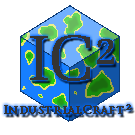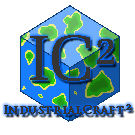...(TL;BIR)
Wow... My head is spinning...
So, the conclusion is that those pipes aren't reliable? Well, for now I think I'll stop using them.
I was looking at you screenshots, does the fluid regulator accepts any voltage? Those are really big wires;
Can anyone tell me a good Fluid Pipe Mod?
I found and EnderIO (weak, kinda cheap but configurable), Mekanism (Cheap and OP), BC (extremely weak);
Maybe I'll go with Mekanism, because It don't requires any machines, and I don't want to start in another mod tech tree now...

